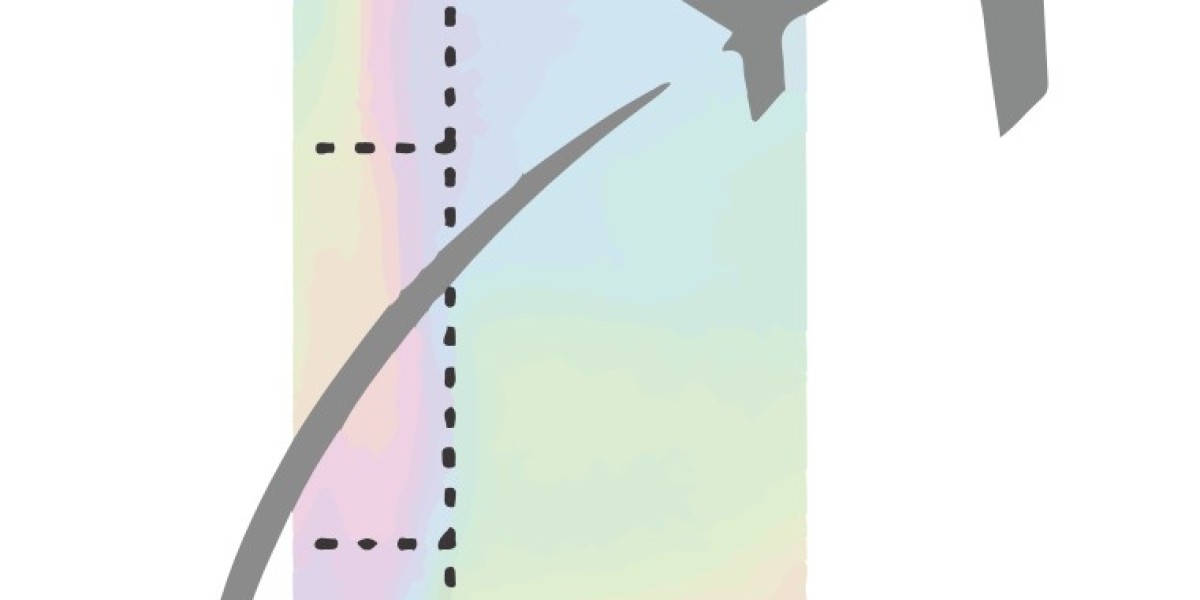Understanding Quartz Fluorite: A Synergy of Crystalline Wonders
Quartz fluorite is a remarkable combination of two distinct yet often coexisting mineral species: quartz (SiO₂) and fluorite (CaF₂). When these two minerals are found together in a single specimen, they form one of the most visually stunning and scientifically fascinating mineral assemblages in nature. Known for their contrasting structures, luminous colors, and diverse formations, quartz fluorite specimens are highly prized by collectors, geologists, and gem enthusiasts alike.
These mineral pairings occur naturally in hydrothermal veins, geodes, and pegmatitic environments, where heat, pressure, and mineral-rich fluids give rise to crystalline growth of astonishing clarity and complexity.
Geological Formation of Quartz Fluorite Deposits
Quartz fluorite typically forms in hydrothermal systems, where hot, mineral-laden fluids migrate through cracks and voids in the Earth’s crust. These fluids deposit layers of silica (for quartz) and calcium fluoride (for fluorite) over time. The crystallization occurs under specific temperature and pressure conditions, leading to the growth of well-formed crystals of both minerals.
In many deposits, fluorite grows first, followed by quartz that coats or surrounds the fluorite, creating stunning combinations where both minerals complement each other in color and form. This geological dance results in specimens where amethyst quartz overlays green fluorite or clear quartz needles penetrate cubic fluorite crystals, enhancing both visual appeal and scientific value.
Global Localities of Quartz Fluorite Specimens
Some of the world’s most breathtaking quartz fluorite combinations originate from specific mining regions renowned for mineral diversity and aesthetic quality. Noteworthy locations include:
Berbes and Asturias, Spain – Known for exquisite purple fluorite cubes with quartz overgrowths.
Yaogangxian Mine, China – Produces vibrant green fluorite with brilliant quartz needles.
Elmwood Mine, Tennessee, USA – Famous for rich purple fluorite paired with druzy quartz.
Dalnegorsk, Russia – A source of crystal-clear quartz with sky-blue and purple fluorite.
Cave-in-Rock, Illinois, USA – Noted for large clusters of golden fluorite with quartz inclusions.
These regions have yielded museum-grade specimens that are highly sought after in international markets and geological exhibits.
Physical Characteristics and Optical Beauty
The fusion of quartz fluorite results in spectacular visual contrasts:
Quartz often appears as clear, white, smoky, or amethystine, with hexagonal crystals that are durable and highly lustrous.
Fluorite, in contrast, crystallizes in cubic or octahedral forms with a vast range of colors—green, purple, blue, yellow, pink, and clear.
This aesthetic diversity makes quartz fluorite a top choice for collectors and designers. The pairing of hard quartz (Mohs 7) with the softer fluorite (Mohs 4) adds textural and structural complexity, particularly in specimens where quartz forms protective layers around fragile fluorite cores.
Industrial and Scientific Applications of Quartz Fluorite
While highly valued for their beauty, quartz fluorite combinations also possess industrial and scientific relevance:
Quartz is an essential component in electronics, optics, and telecommunications, used in oscillators, semiconductors, and fiber optics.
Fluorite is critical in the production of hydrofluoric acid, metallurgy (as a flux), and in glass and ceramics manufacturing.
In research and academia, studying these combined mineral formations helps geologists understand fluid dynamics in Earth's crust, mineral zoning, and thermal histories of hydrothermal systems.
Quartz Fluorite in Jewelry and Decorative Art
Though fluorite’s softness limits its use in high-wear jewelry, quartz fluorite cabochons and carvings have carved a niche in the decorative stone market. Their vivid colors and translucent qualities are ideal for:
Pendant stones with layered or phantom structures
Cabochons and beads showcasing zoned colorations
Home décor pieces, such as bookends, obelisks, and figurines
When cut and polished, quartz fluorite can display unique internal rainbows, phantoms, and inclusions that enhance its allure. Rainbow fluorite paired with clear quartz points, for instance, offers a stunning interplay of color and clarity, making it a favorite among gemstone artisans.
Metaphysical and Healing Properties of Quartz Fluorite
In holistic traditions, quartz fluorite is believed to possess powerful energetic and healing properties. Together, these minerals are thought to amplify each other’s metaphysical qualities:
Quartz is known as the “Master Healer,” amplifying energy and intentions, aiding in spiritual growth and mental clarity.
Fluorite is considered a stone of protection and clarity, believed to absorb negative energies and enhance focus.
When combined, quartz fluorite is said to:
Promote deep emotional healing
Assist in spiritual awakening and higher consciousness
Encourage mental clarity, intuition, and concentration
Aid in chakra alignment, especially the crown and third-eye chakras
These properties make quartz fluorite a staple in meditation, reiki, and energy healing practices across cultures.
Caring for Quartz Fluorite Specimens
Due to the differences in hardness and sensitivity, proper care of quartz fluorite is essential:
Avoid chemical cleaners and opt for mild soap with lukewarm water.
Use soft brushes to clean crevices, especially around fragile fluorite sections.
Store specimens individually, ideally wrapped in soft cloth or foam to prevent scratching.
Keep out of direct sunlight, particularly for deeply colored fluorite, which may fade over time.
By following these guidelines, collectors can preserve the structural integrity and vibrant beauty of these mineral masterpieces.
Collecting and Valuing Quartz Fluorite
In the world of mineral collecting, quartz fluorite commands strong interest due to:
Crystal clarity and size
Color vibrancy and zoning
Uniqueness of growth formations (e.g., quartz phantoms inside fluorite)
Locality and provenance
High-quality specimens from classic mines such as Berbes or Yaogangxian can fetch premium prices, especially when both quartz and fluorite are well-developed and undamaged. The visual interplay between the two minerals also makes them highly desirable in curated mineral collections and museum displays.







